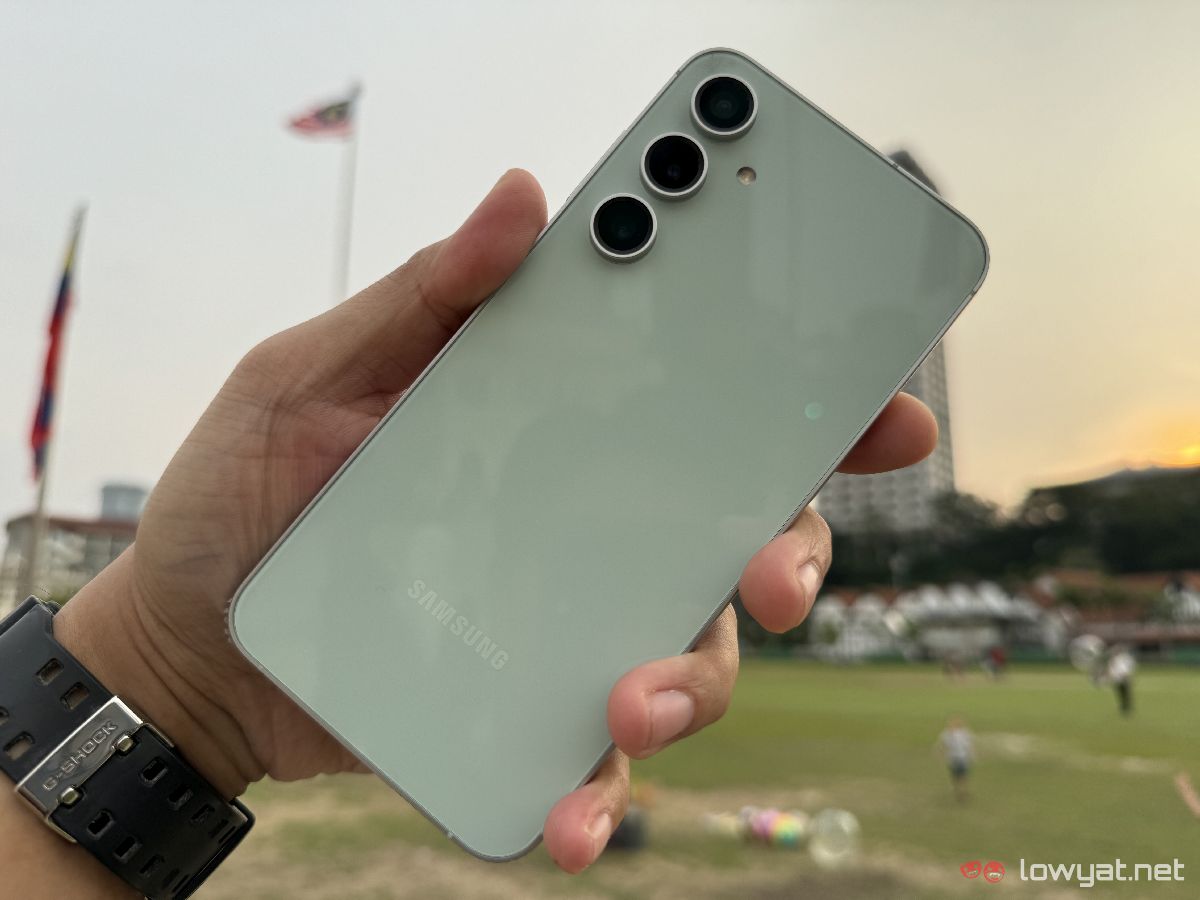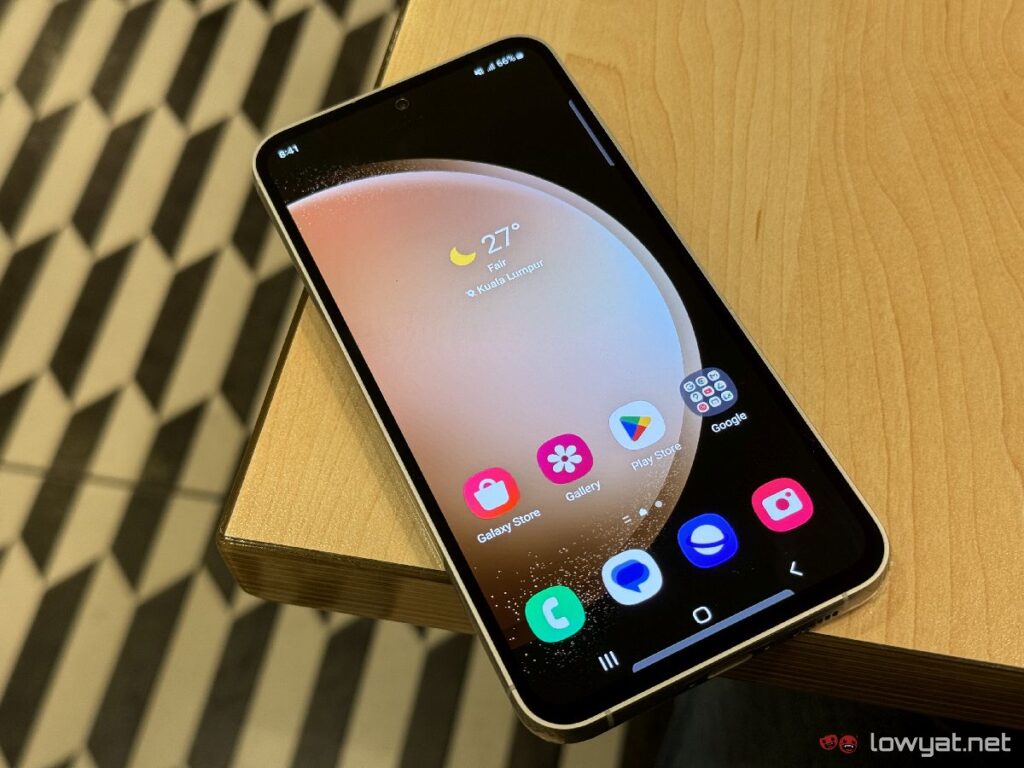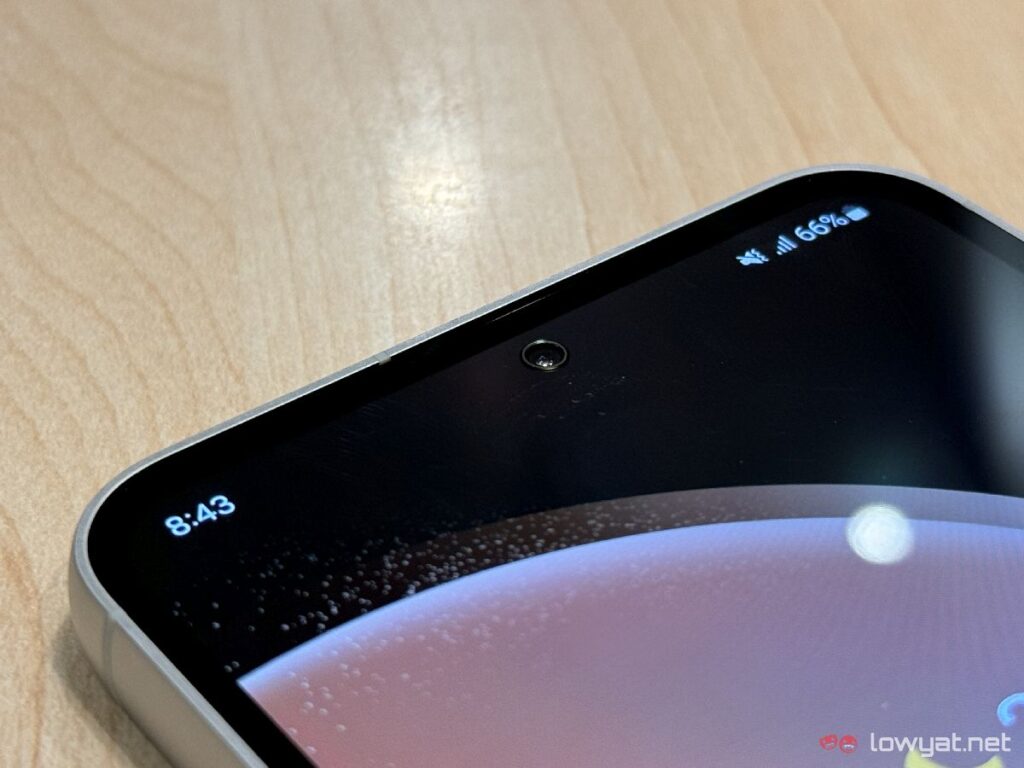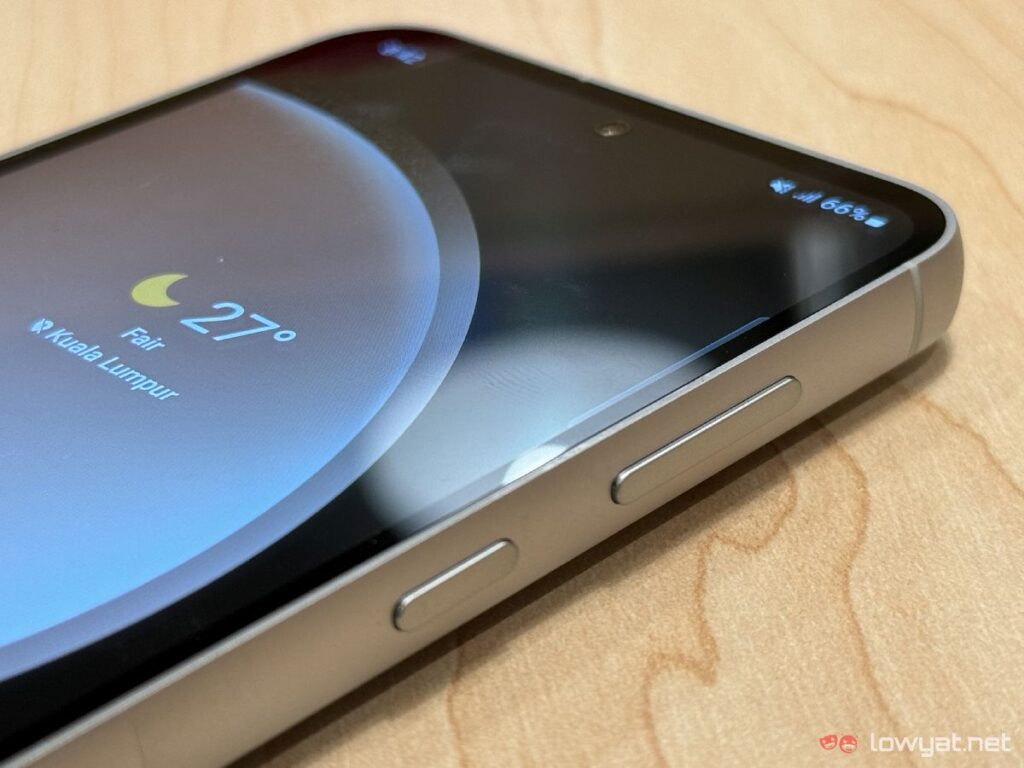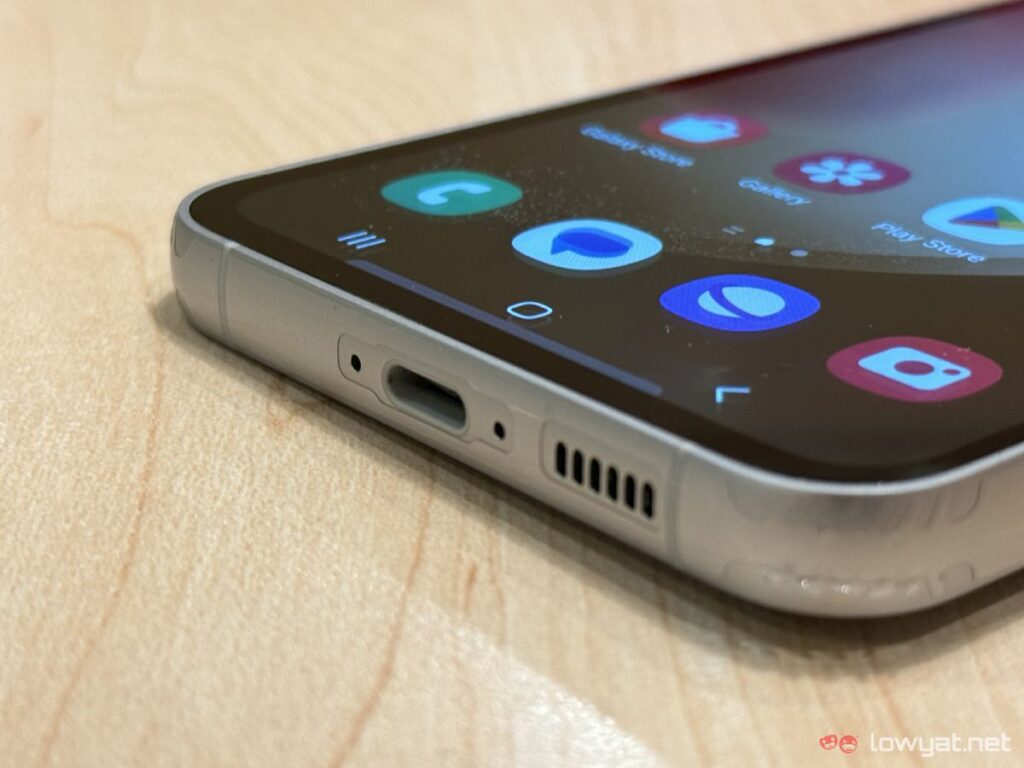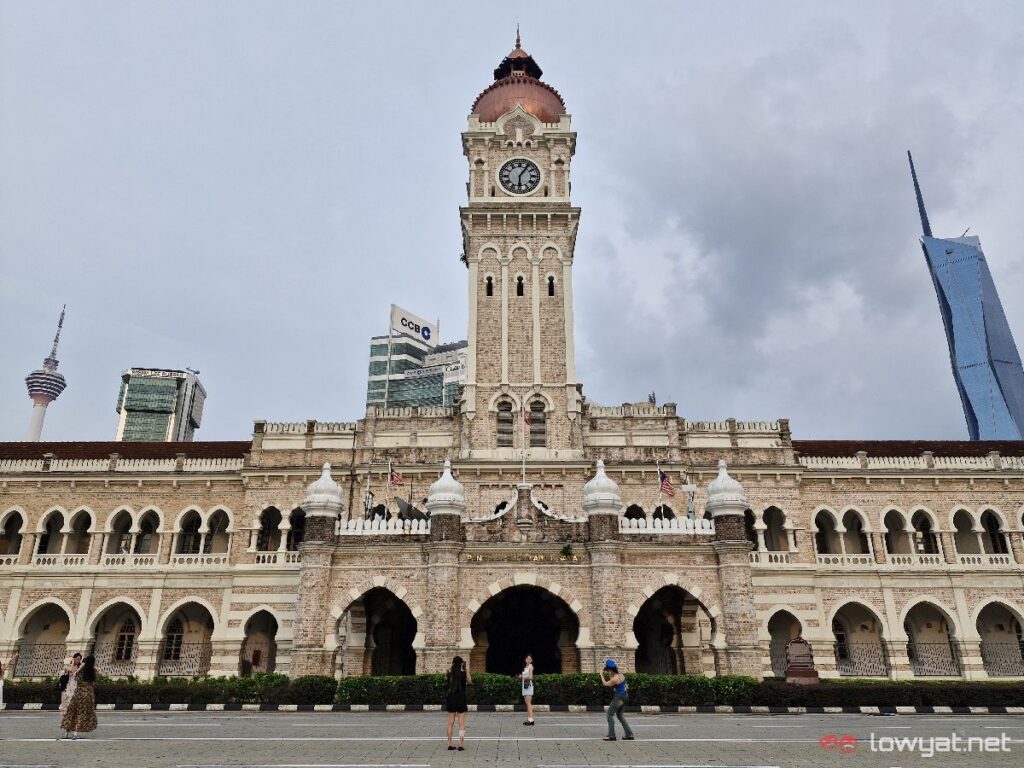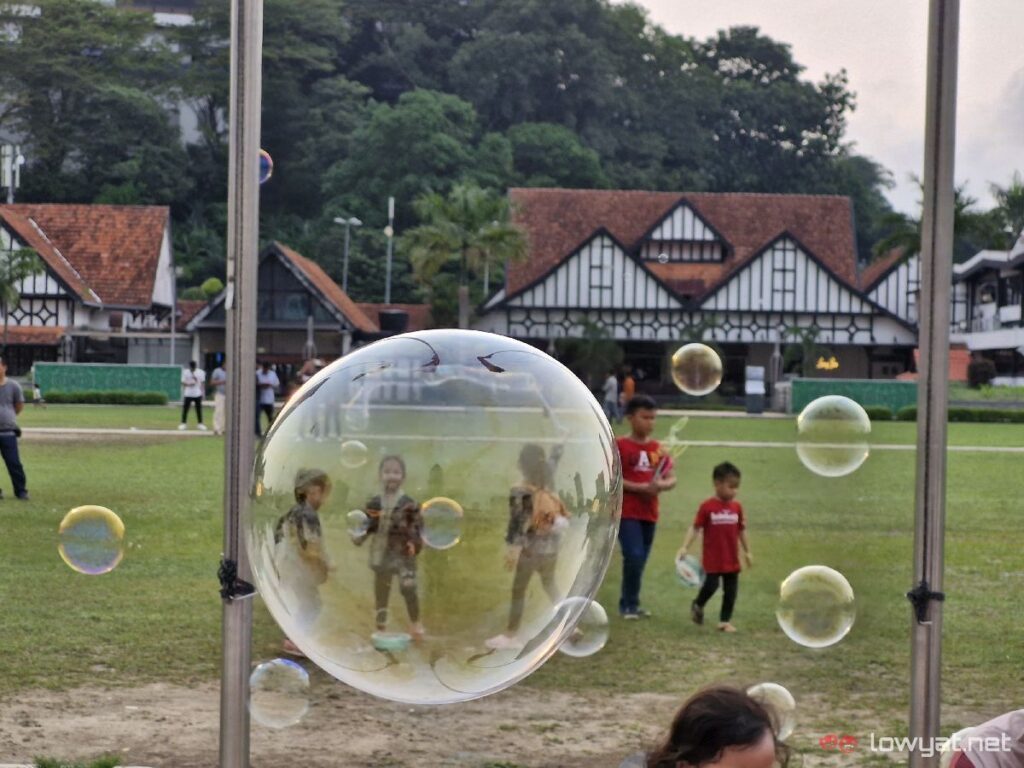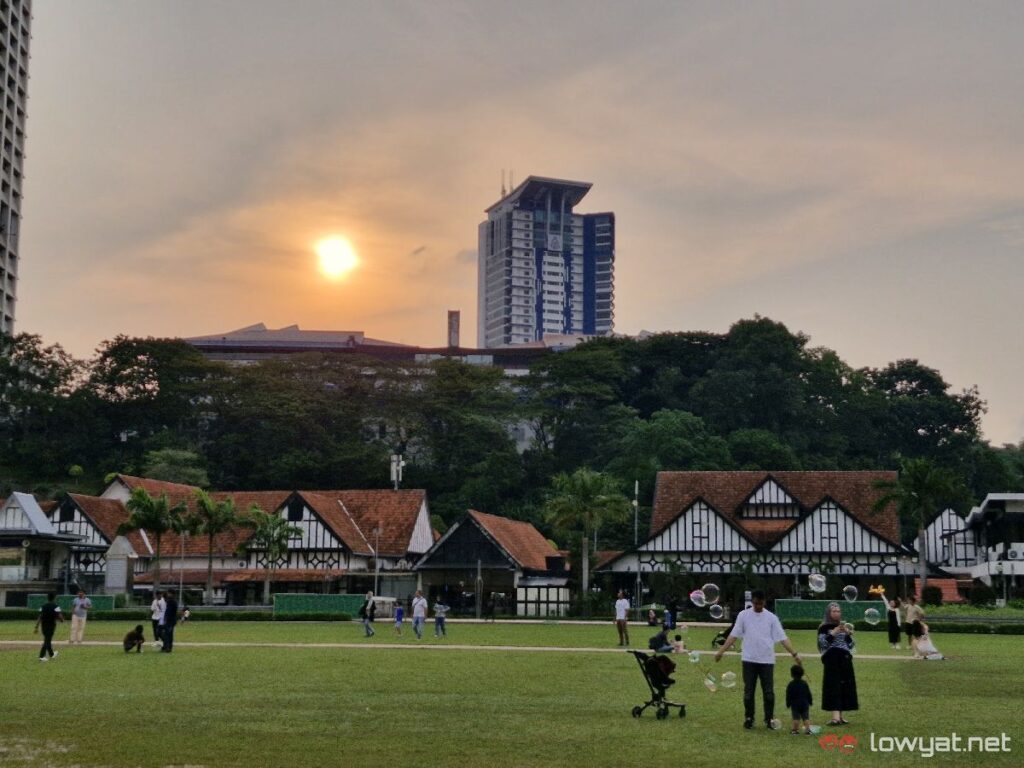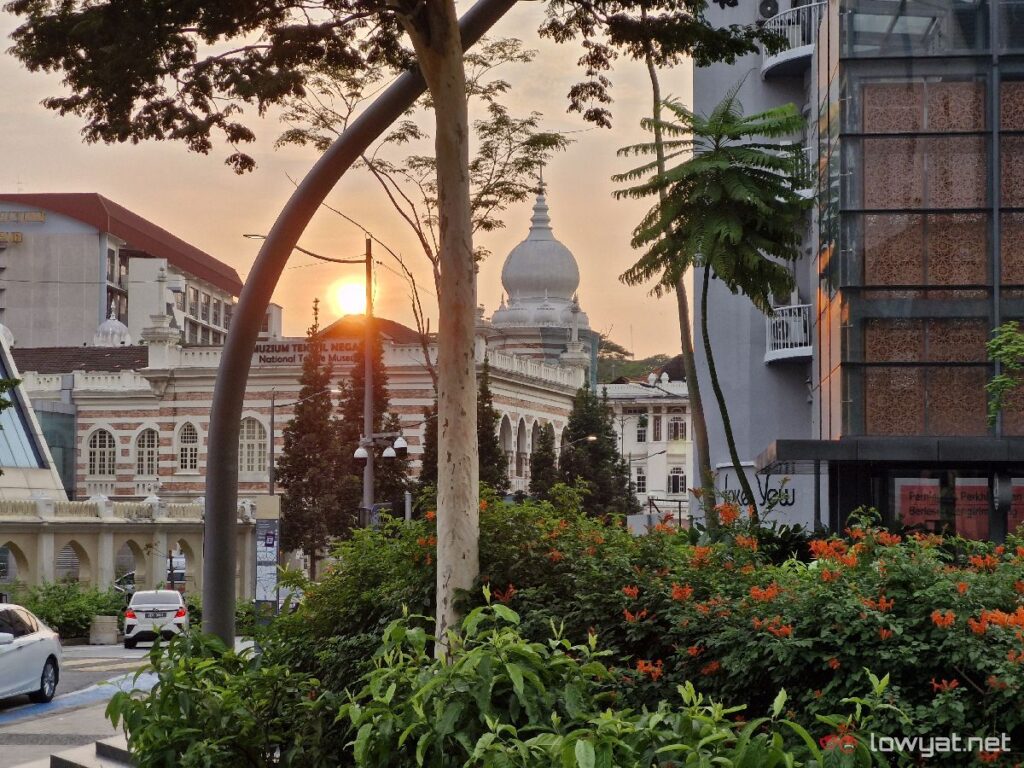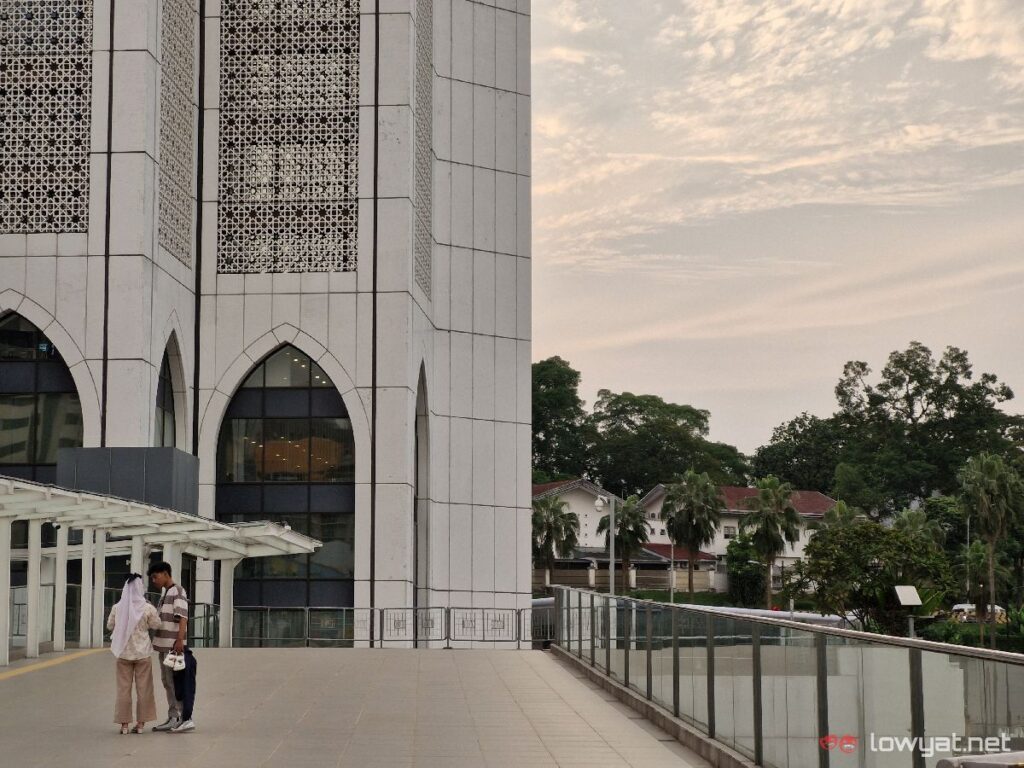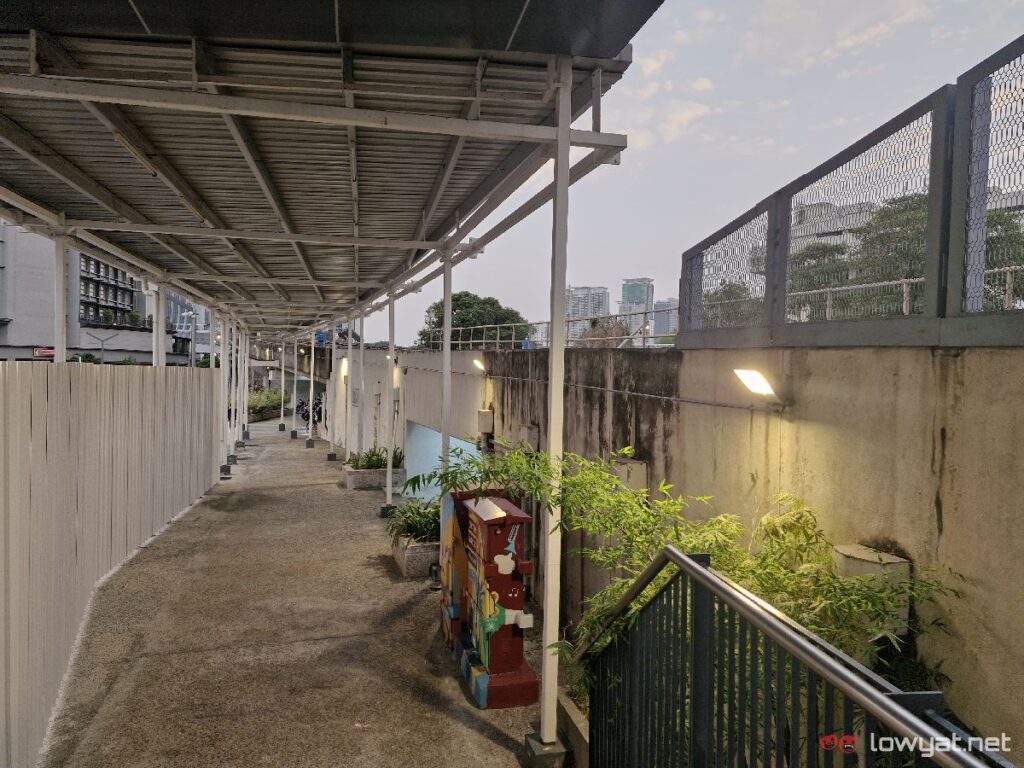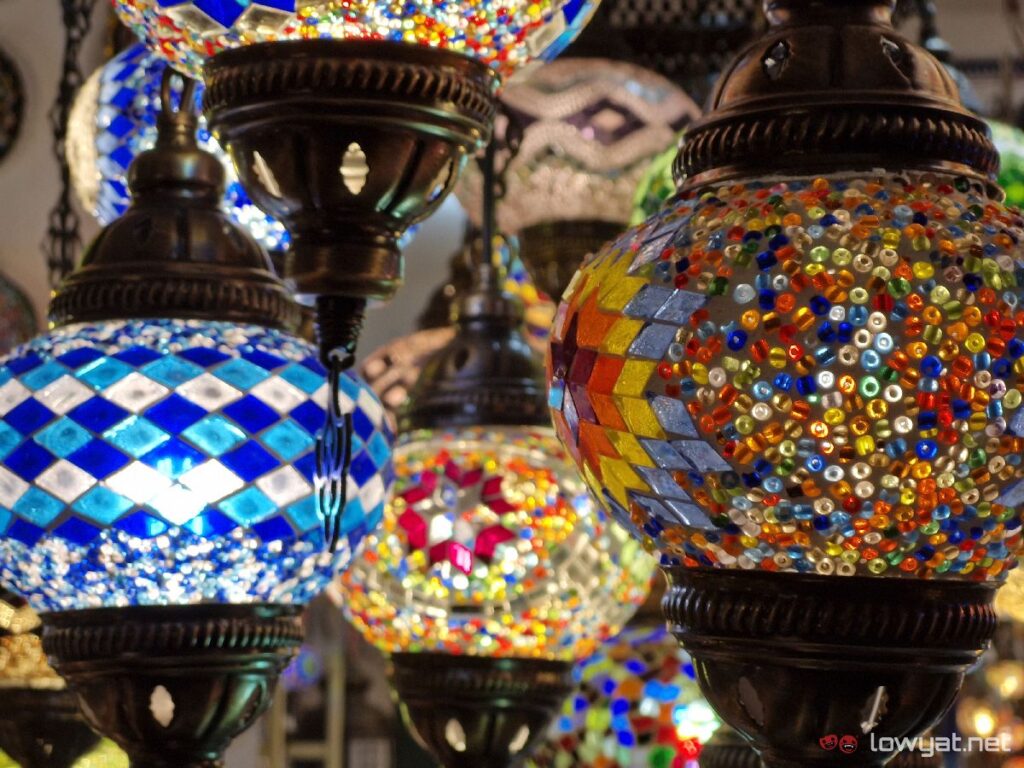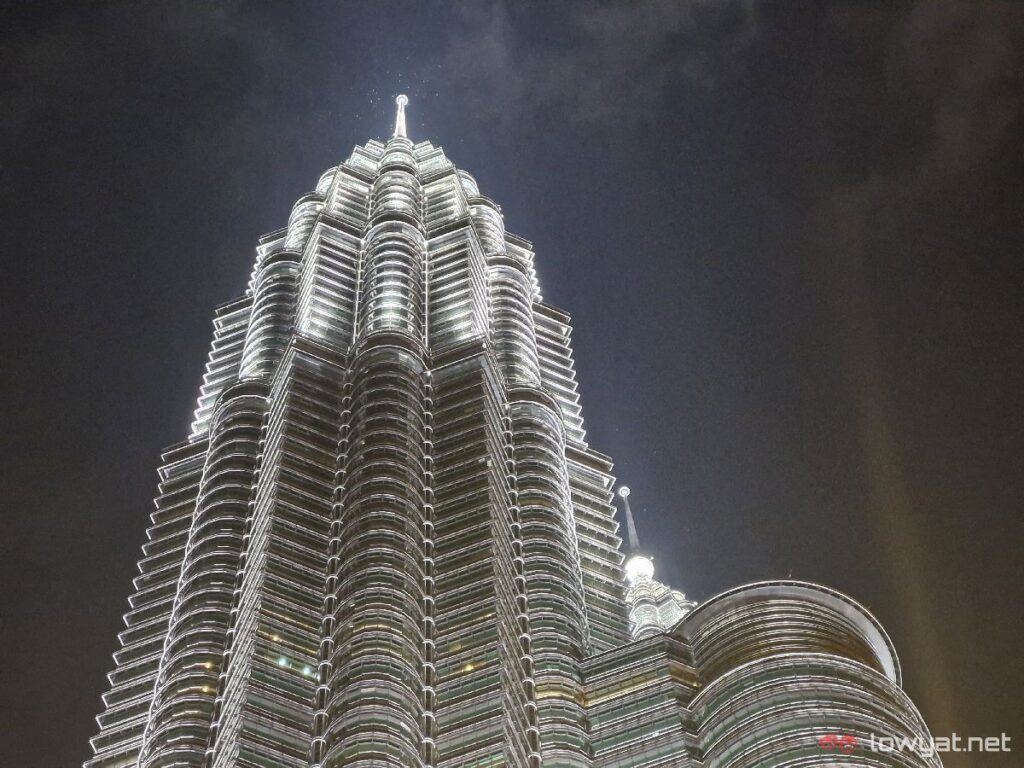The Galaxy S23 Fan Edition (FE), which launched in Malaysia earlier this month, is the latest and final entry to Samsung’s flagship line-up for the year. While it is marketed as the more affordable option from the bunch, it does pack several features offered by its siblings – save for the top-shelf Ultra variant.
However, the FE is also the only member of the family to lack an important key element that the rest have: a Snapdragon 8 Gen 2 For Galaxy chipset. Instead, the phone is equipped with the past generation Snapdragon 8+ Gen1 for select markets, while other regions including our own get the Exynos 2200 chip. For a lot of local fans (ironically), the latter is a disappointing move on Samsung’s end, especially given the fact that the first-party SoC was previously proven to be slightly inferior to its Qualcomm counterpart.
But does that alone serve as a deal breaker for the phone? Well, stick around to find out.
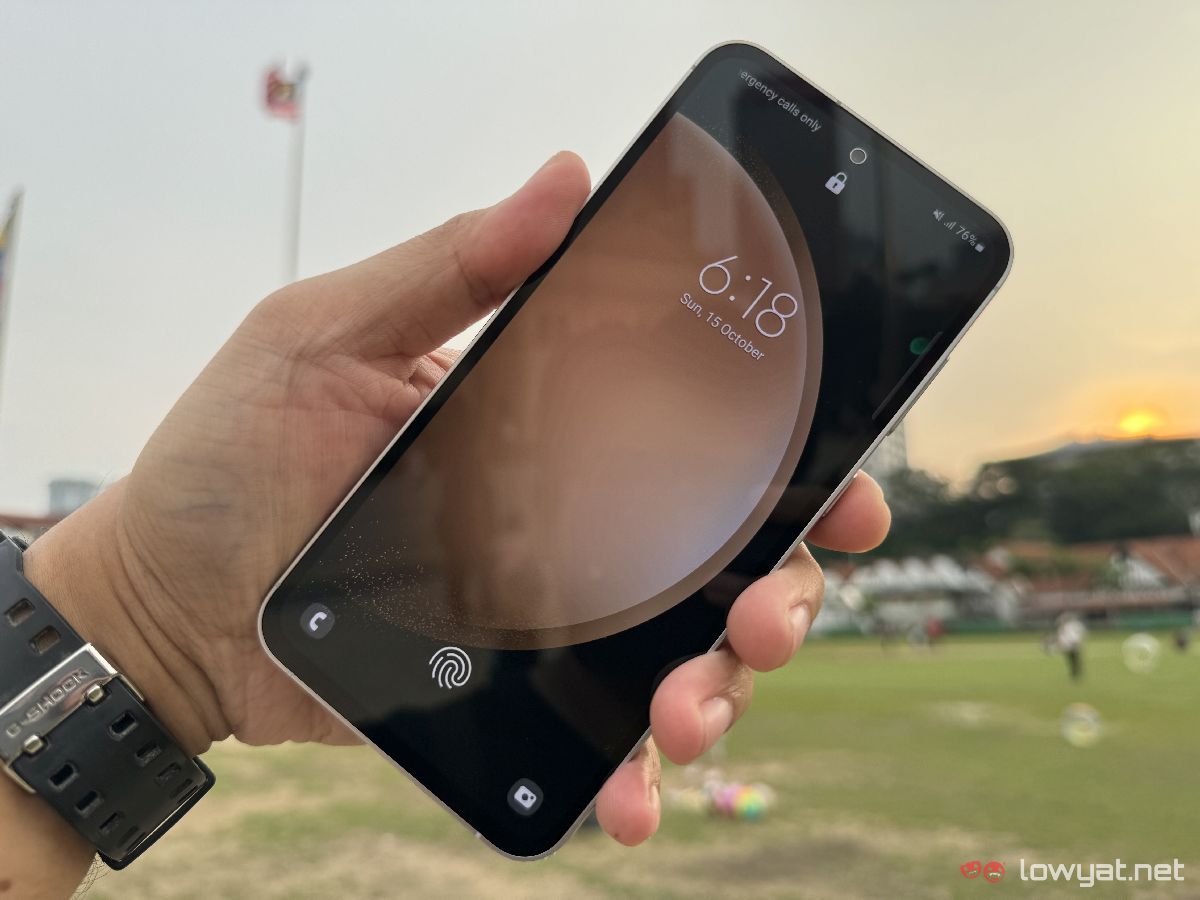
Specifications
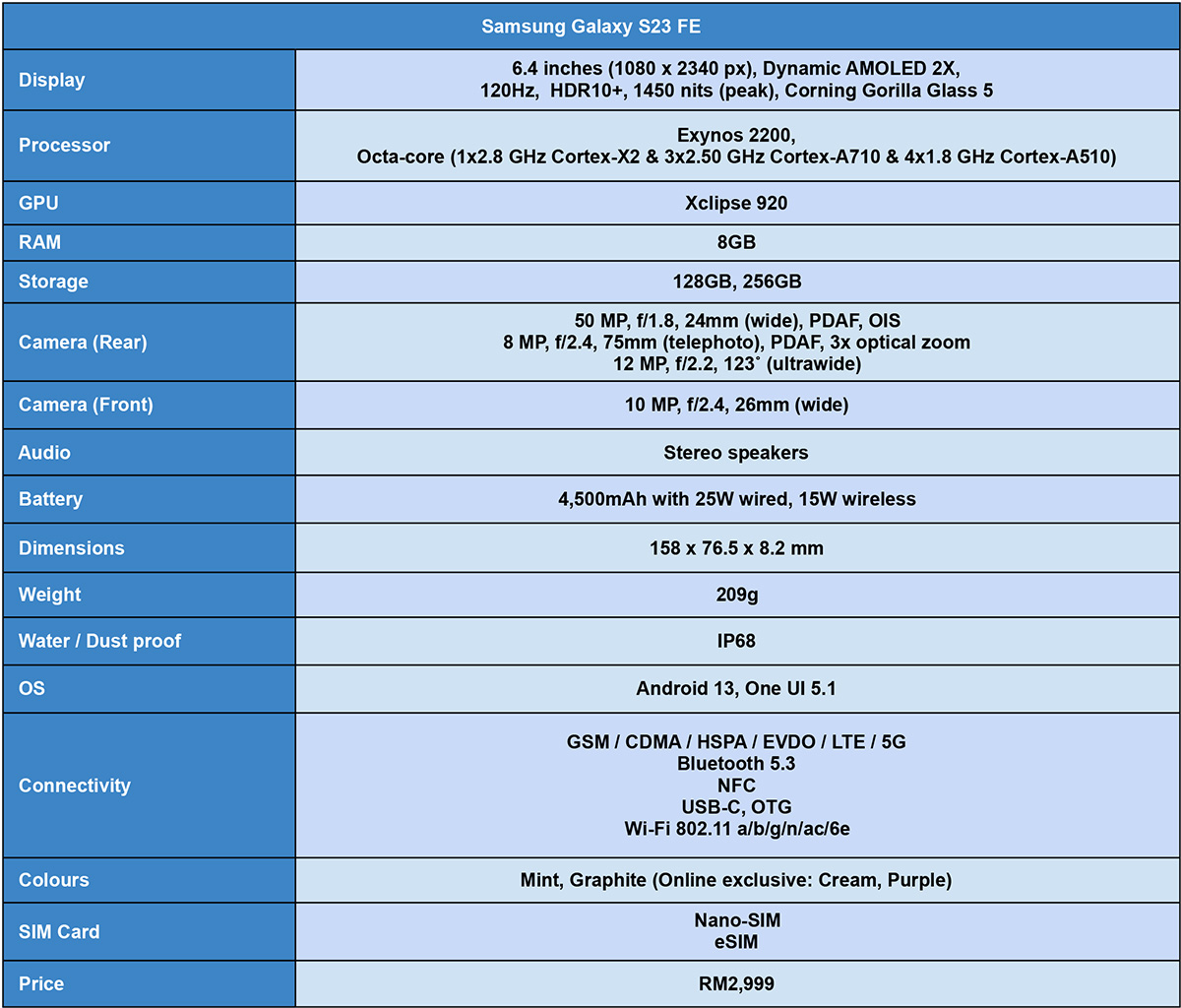
Looks And Functionality
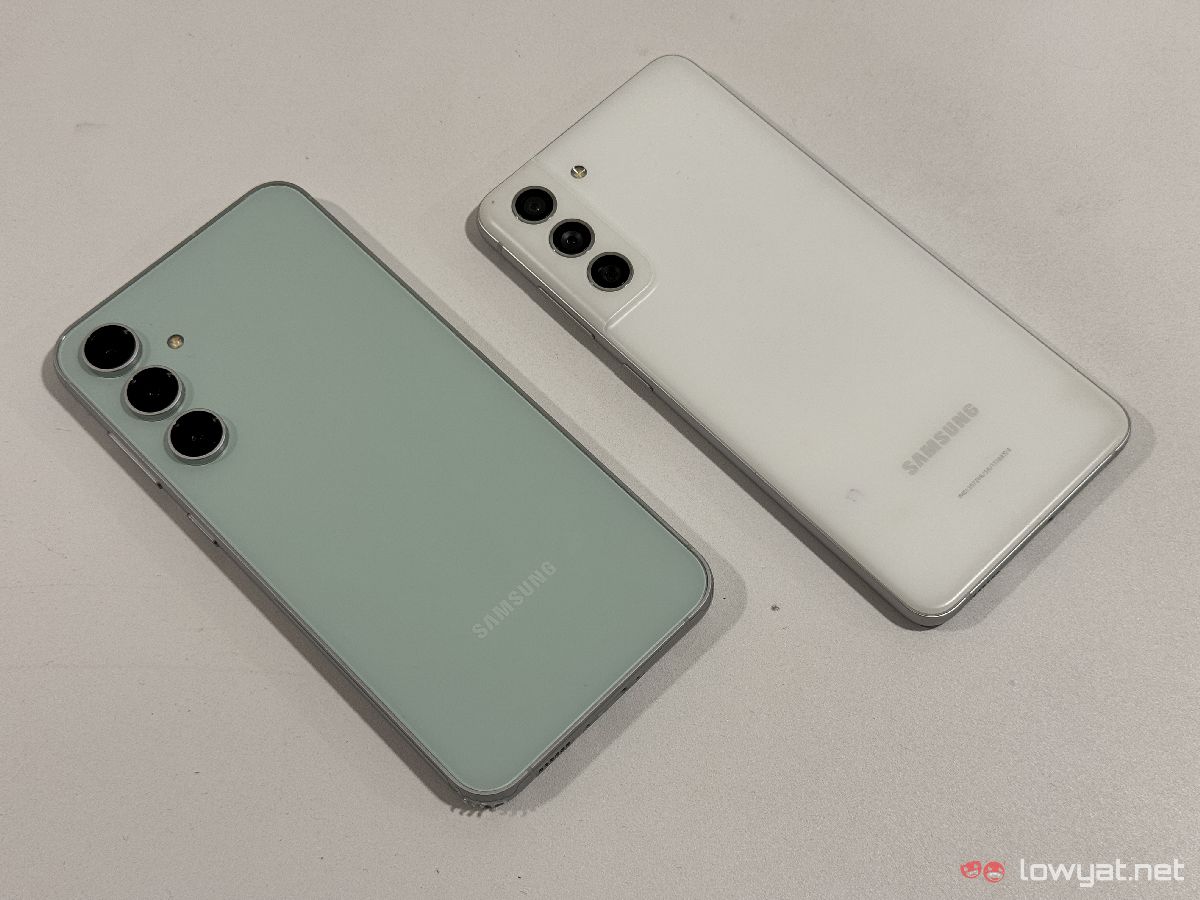
The FE retains the brand’s design language that’s also featured on its other smartphones, including the main Galaxy S23 series, though I personally feel that the non-Graphite options are an injustice to the phone. Reason being that colour schemes such as Mint gives off a less premium vibe due to its louder rear plate colour and a glossy glass finish, as well as the brighter and curvier frames. To be completely blunt, these make the FE appear more like a mid-range Samsung Galaxy A model.
Granted, it is being offered as the budget option from the series, but based on what I’ve experienced so far, it sure doesn’t deserve to look any less premium than its siblings. In fact the phone actually feels sturdy and hefty, which is something you’d expect from a flagship release. To top it off, it also features front and rear Gorilla Glass 5 protection as well as IP68 water/dust resistance. Furthermore, despite the more playful appearance, the surrounding frame is actually made from a solid metal material.
In terms of size, the Samsung Galaxy S23 FE falls nicely between the vanilla and Plus variants, featuring a 6.4-inch display with the same 2X Dynamic AMOLED panel with 1080 x 2340 pixel resolution and 120Hz refresh rate as its siblings. This allows for a pleasant visual and interactive experience, especially for reviewing photos, watching videos or browsing the web. Other perks to note is its battery-efficient Always On capability and peak brightness of 1450 nits.
Meanwhile, the under-display fingerprint sensor works as intended, and is both fast and responsive. Despite this, I still recommend setting up additional fingerprint profiles to ensure an even smoother unlocking experience and avoid mismatching.
Performance And Battery
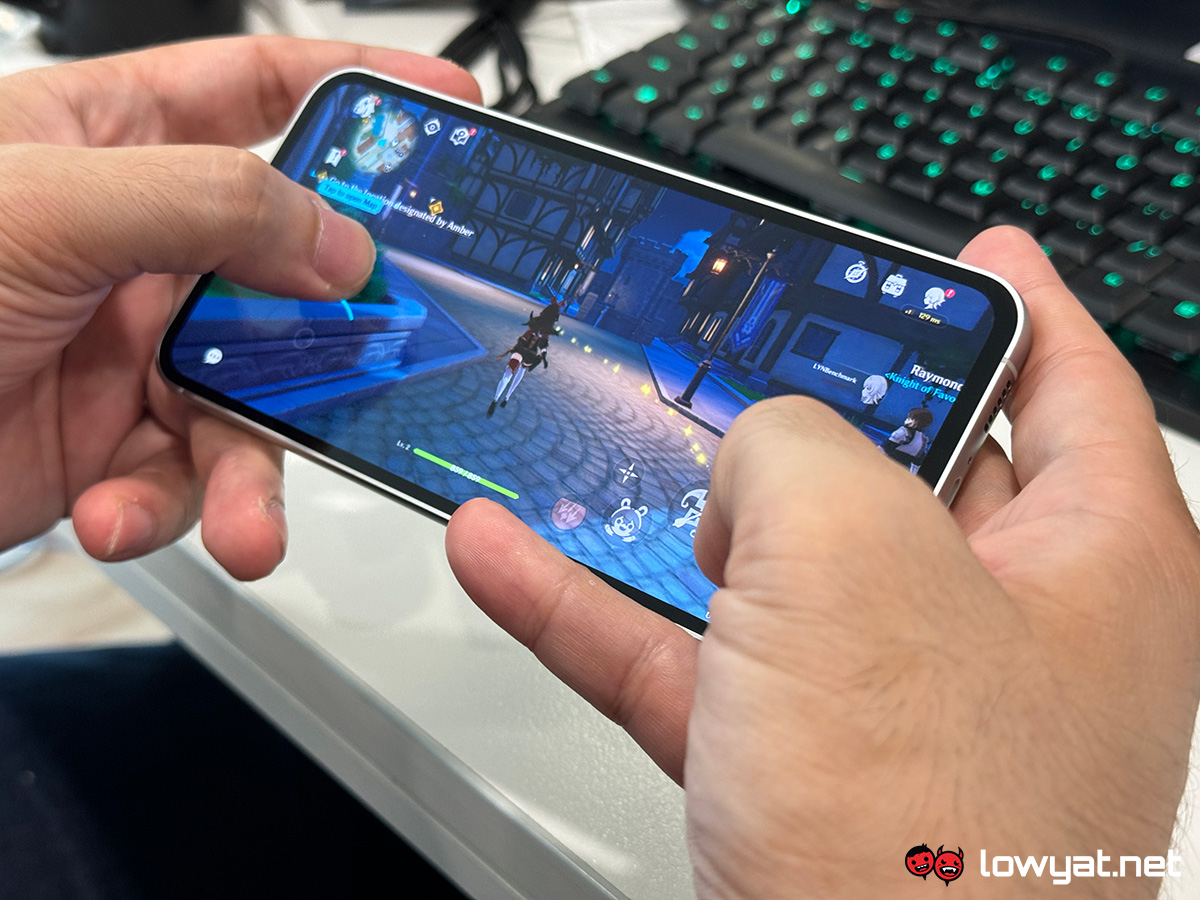
Right off the bat, I’m just going to confirm that the performance of Exynos 2200 chipset on the FE is nowhere close to the Snapdragon 8 Gen 2. As a matter of fact, benchmarks show that the phone scores much lower than the vanilla Galaxy S23, though this is a given considering that the first-party SoC is from a prior generation.
However, it is not as bad as most would make it to be, especially when typical usage is concerned. Browsing the web or social media, multi-tasking, and messaging are handled smoothly without any hiccups or slowdowns – an experience expected from a flagship-tier smartphone. Or even an upper mid-range model, to be completely honest.
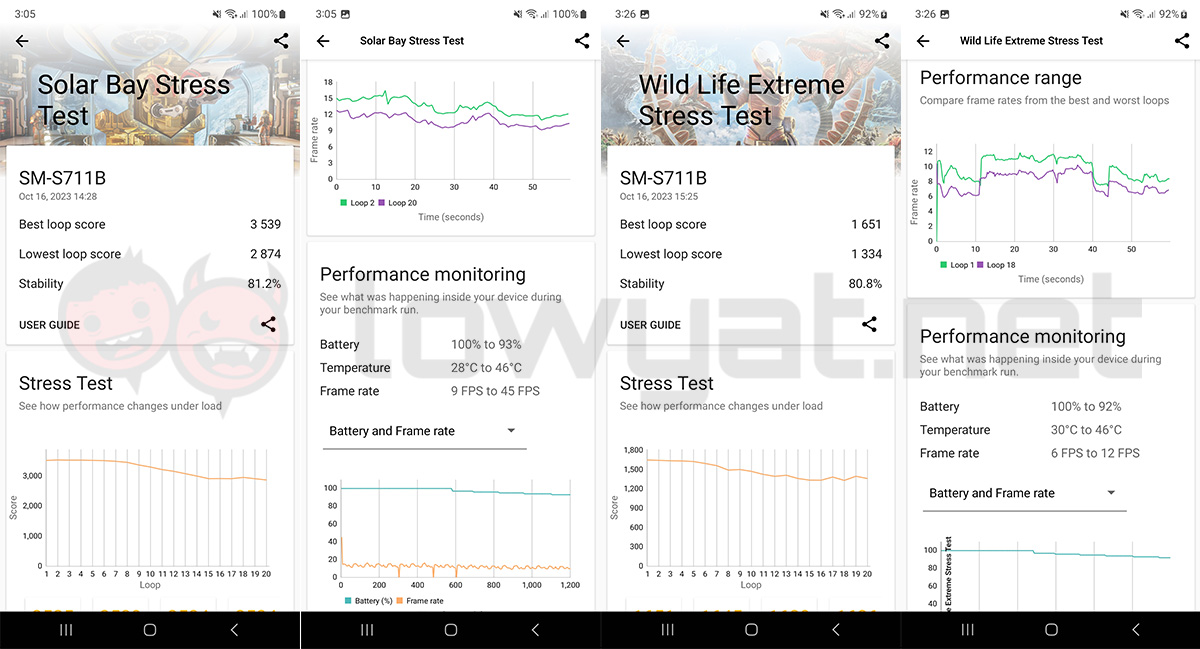
The same can’t be said when it comes to gaming though, as this is where the Exynos’ limitations start to rear its head. To be fair, the first-party chip does run most games well, especially when they’re not too demanding. But for resource hungry titles, expect it to exhibit signs of struggle when it comes to loading speed and maintaining a consistent frame rate.
Running Genshin Impact on the highest settings, the Galaxy S23 FE manages to keep an average of over 50fps in most cases, but suffers from occasional stuttering whenever things get busy on-screen. Loading times are decent but not speedy, while visuals appear blurry despite being set on the highest resolution. Impressively though, the phone barely heats up even during intense moments.
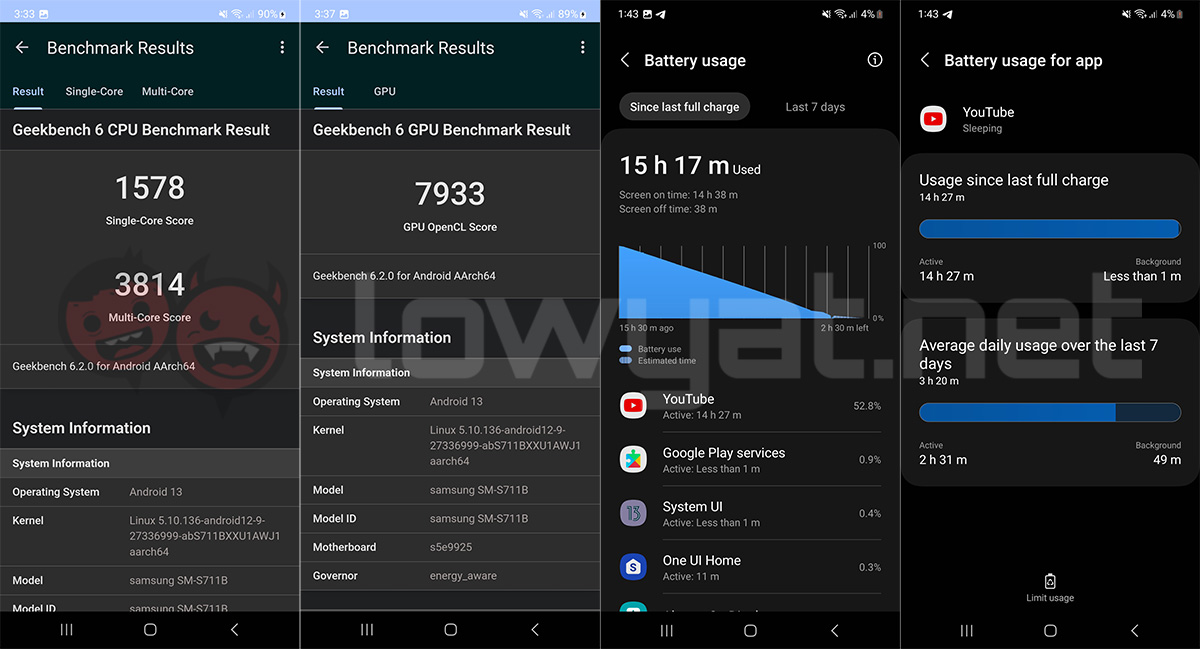
As for battery, the FE model carries a capacity of 4,500mah which, again, places it in between the vanilla (3,800mAh) and Plus (4,700mAh) variants of the Galaxy S23 series. After running through our continuous video streaming test, the phone manages to push past 14 hours before eventually running out of power. This isn’t groundbreaking, but it certainly is above average.
Meanwhile, a full battery top-up takes about an hour when used together with a compatible 25W fast charger. This isn’t terrible, but with most phones already supporting faster charging rates, I can’t help but feel that Samsung is still falling far behind most of its competitors in this category.
Camera
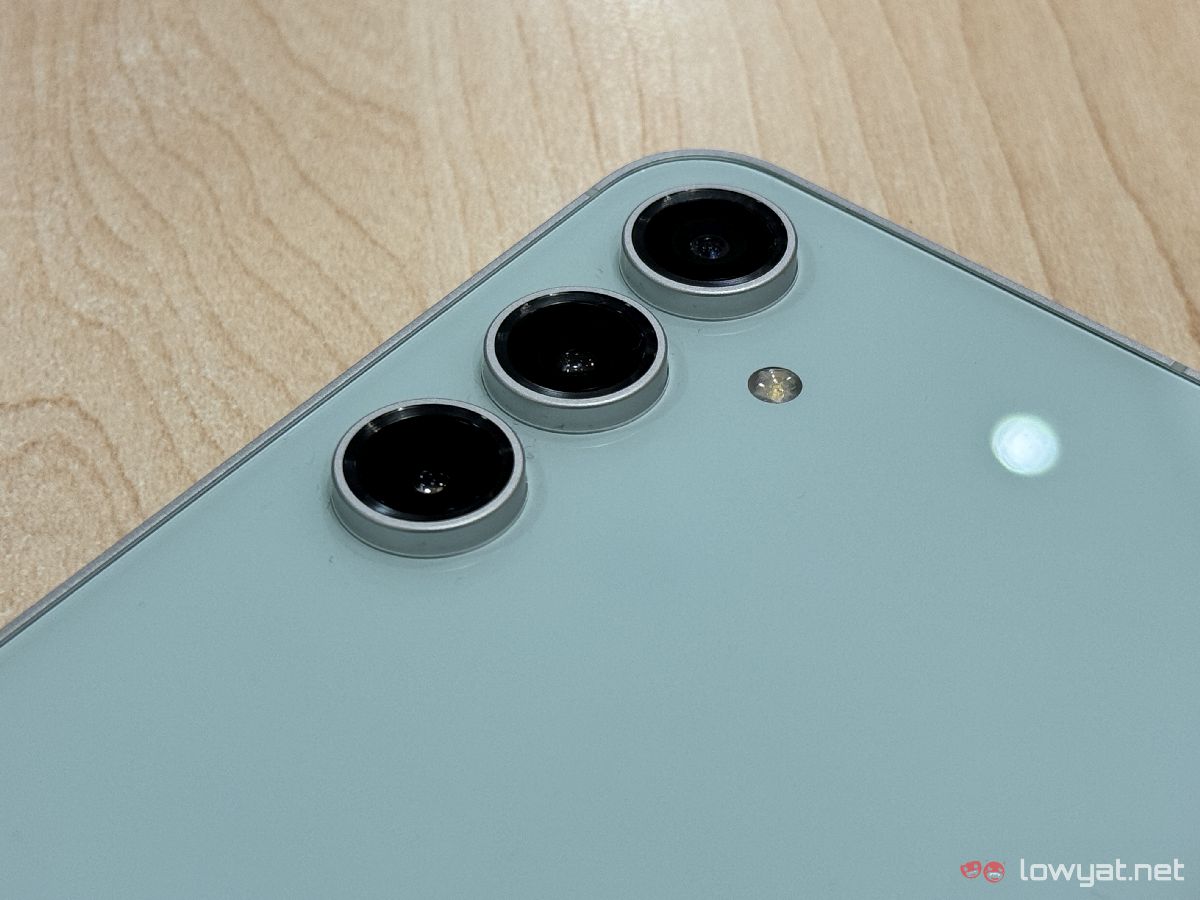
In terms of imaging, what you’re getting is more or less the same as what’s offered on the vanilla and Plus variants of the Galaxy S23 series. Like the two, the FE also comes with a 50MP primary with PDAF and OIS, as well as a 12MP ultrawide. What sets it apart is the onboard telephoto, which has been lowered from a 10MP sensor to an 8MP instead.
Photo quality is on par with the two aforementioned models, with images appearing crisp, detailed and vivid when shot in daylight, indoor and some low-light conditions. The latter can be a hit or miss at times, especially in extreme low-light where shots tend to look muddy due to software enhancements trying to compensate for quality loss.

Shots taken by the telephoto, despite having a smaller megapixel count, still look good. However, expect to see quality compensation kicking in when capturing photos over the phone’s 3x optical zoom limit, which gets even more apparent when shooting in darker environments. That said, I’ve also noticed that the telephoto struggles to focus on distant subjects under low-light conditions, and will require several attempts until it finally gets it right.
Meanwhile, Portrait Mode on the Galaxy S23 FE leaves much to be desired, as at times the camera will fail to apply depth effects on certain shots. Whereas those that are captured successfully tend to look very artificial, though this can be remedied by adjusting the bokeh slider in post in order to make it less obvious. Optionally, you can also choose to disable the effect entirely.

As for videos, recordings can impressively go up to a maximum resolution of 8K at 24fps, while shooting in 4K and 1080p enables for higher frame rates of up to 60fps. As with the cameras on the vanilla and Plus Galaxy S23 models, videos shot in daylight appear brilliant with plenty of details and colours preserved (and enhanced to a degree), but expect the image quality to dip under poor lighting conditions.
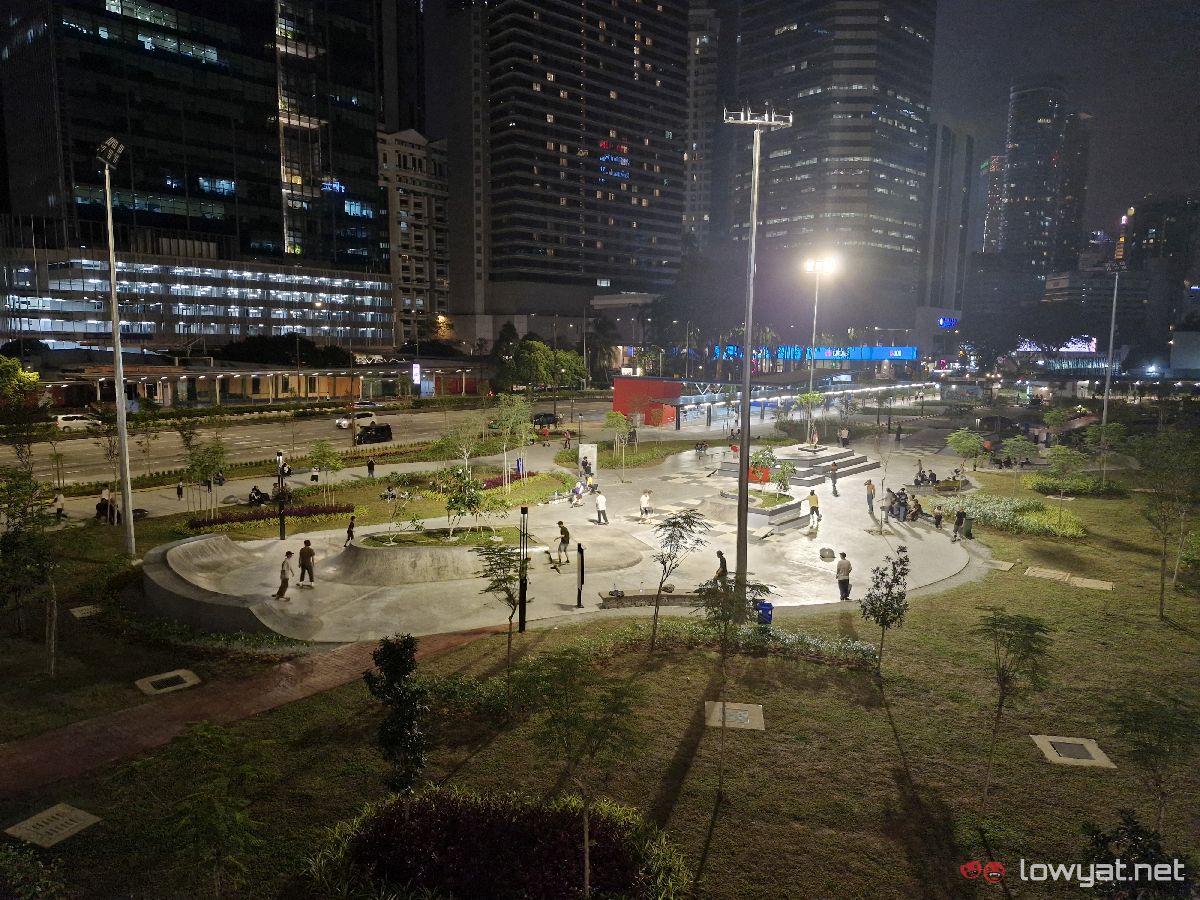
Image stabilisation via the main camera’s OIS is considerably decent on its own, while activating the Anti Shake feature will greatly enhance this. However, opting for the latter will limit you to recordings at only up to 4K60p, which also exhibits a very noticeable crop on all sides.
More sample shots taken with the Samsung Galaxy S23 FE
Competition
Samsung Galaxy S23
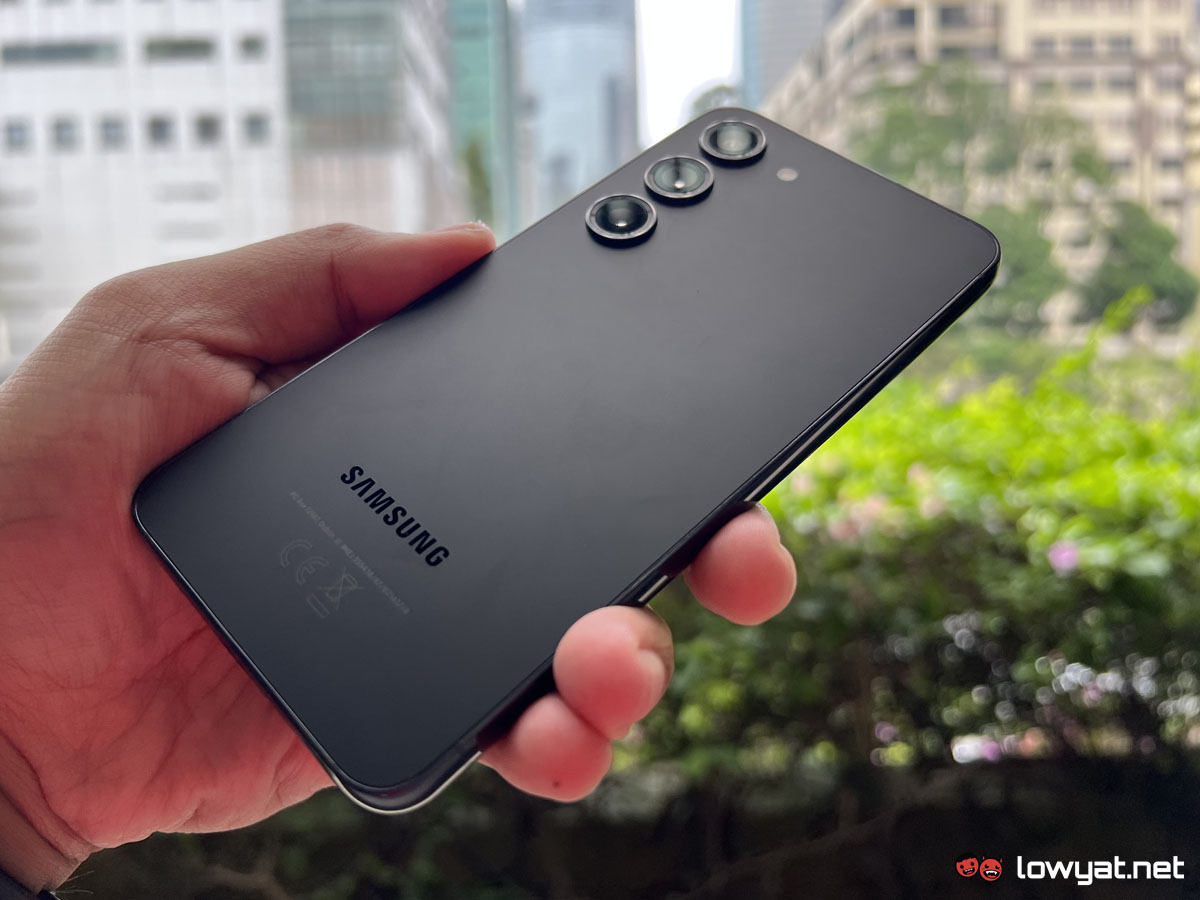
The first phone sitting on the opposite side of the scale is the base Samsung Galaxy S23, which is arguably the obvious choice for comparison if you’re considering picking up the FE variant. The few aspects where the former triumphs over the latter includes its more powerful Snapdragon 8 Gen 2 For Galaxy chipset and a higher megapixel count for its telephoto.
However, both its 6.1-inch display and 3,900mAh battery dwarf those featured on the FE. Another drawback is the vanilla variant’s pricing, where it starts from RM3,899 for the 8GB + 128GB configuration, which is almost RM1K more than its newer sibling.
Nothing Phone (2)
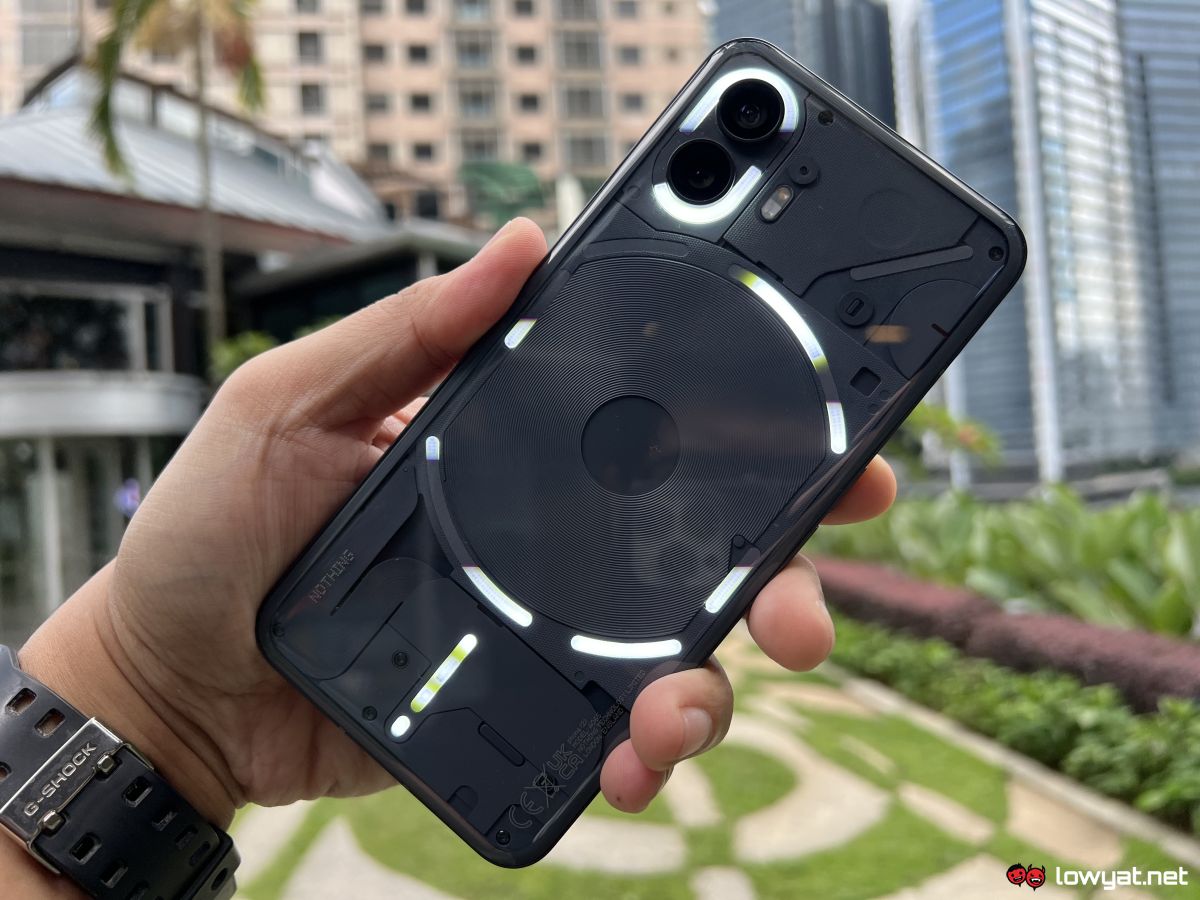
The Nothing Phone (2) makes it to this list because it is one of the few flagship-tier smartphones released this year to feature the Snapdragon 8+ Gen 1, which can be considered as the Exynos 2200’s closest rival. Additionally, it offers a larger 6.7-inch display, a higher RAM count of 12GB, as well as a bigger 4,700mAh battery capacity with faster charging capabilities through both wired and wireless means. Also not forgetting its more stylish UI as well as the cool Glyph lighting system on its back, which has been redesigned to be more practical.
One department where the Phone (2) falls behind is imaging. Unlike its Samsung rival, it only comes with two rear cameras comprising 50MP sensors for both of its primary and ultra-wide shooters. Obviously, what’s missing is a telephoto, though this often depends on the consumer themselves whether this can be regarded as a deal breaker or not. On that note, Nothing’s second–gen smartphone starts from RM2,999, which is the same as the Samsung Galaxy S23 FE.
Conclusion
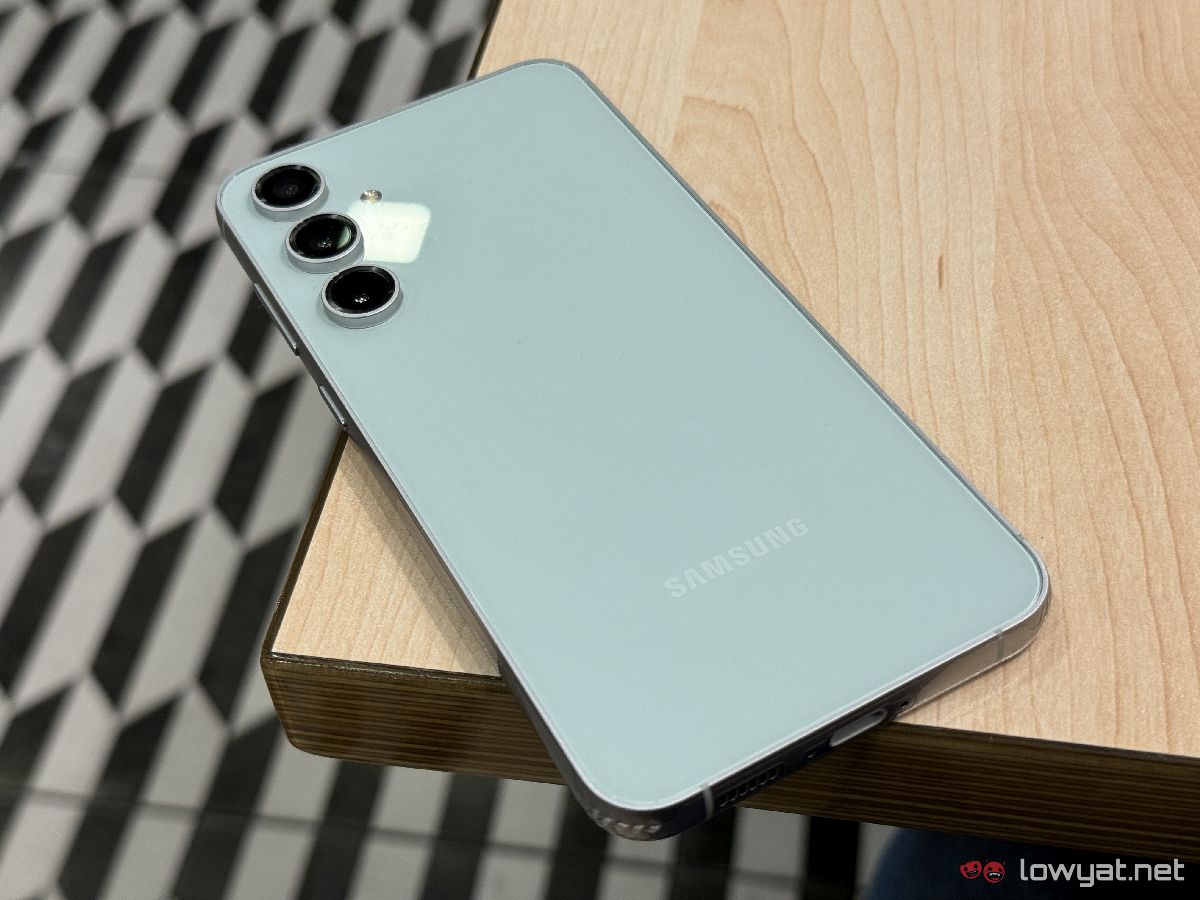
If the vanilla Galaxy S23 is regarded as the wallflower of the family, then the FE variant – at least in my opinion – is pretty much the middle child. It inherits much of the series’ best features but, at the same time, lacks certain things. To make up for this, the phone tries to stand out by appearing much different from the rest, with hopes of getting some sort of attention. I believe that this analogy is fair, as if it was anything worse, I would’ve considered it as the line-up’s black sheep instead.
Despite its faults, the FE is still a decent entry to the Galaxy S series, featuring performance and cameras that are certainly above average. Its attractive starting price of RM2,999 also makes it a solid choice for those who are looking to upgrade from an entry/mid-level device or a past-generation flagship. Still though, if you are planning to pick the phone up, I highly recommend getting the Graphite option over the other colourways.
Follow us on Instagram, Facebook, Twitter or Telegram for more updates and breaking news.


